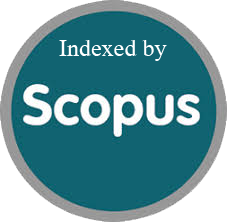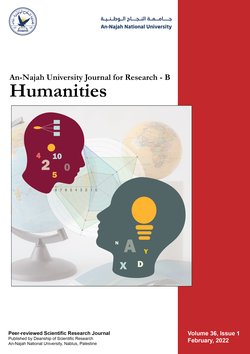Exploring the Developmental Trajectory of Anxiety Traits Across Distinct Age Bracket
Authors:
Article info
2025-03-06
2025-05-28
None - None
Keywords
- Anxiety
- Mental Health.
- Age Intervals
- Developmental Stages
Abstract
Objective: This study aimed to examine the relationship between age intervals and anxiety traits, hypothesizing that with age progression, there might be an escalation in anxiety manifestations. Methods: Utilizing a cross-sectional design, we analyzed data from 1,103 participants, gathered using an online survey incorporating the Taylor Manifest Anxiety Scale (TMAS). The age distribution ranged from adolescents to the elderly, with participants represented globally. Results: The findings depicted a subtle but significant progression in anxiety with increasing age. Descriptive statistics for the TMAS scores across age quartiles showed consistent increments from younger to older age groups. Analysis of variance confirmed significant differences in anxiety levels between age quartiles. Conclusions: The results illuminate the relevance of customized interventions, emphasizing the importance of holistic well-being, particularly for the aging population. Healthcare providers should consider age-specific assessments and management strategies for anxiety disorders. This research enriches our understanding of the dynamics of age anxiety and establishes a foundation for subsequent studies. Future research should prioritize longitudinal designs and adopt integrative biological and psychological models to untangle the intricacies between age and anxiety.
استكشاف المسار التطوري لسمات القلق عبر فئات عمرية مختلفة
المؤلفون:
معلومات المقال
2025-03-06
2025-05-28
None - None
الكلمات الإفتتاحية
- Anxiety
- Mental Health.
- Age Intervals
- Developmental Stages
الملخص
الهدف: هدفت الدراسة الحالية إلى فحص العلاقة بين الفئات العمرية ومستويات القلق، حيث افترضت أن القلق قد يزداد مع التقدم في العمر. المنهجية: استخدمت الدراسة تصميمًا مقطعيًا لتحليل بيانات 1103 مشاركين استجابوا على أدوات الدراسة إلكترونيًا، وتراوحت أعمارهم بين المراهقة والشيخوخة. النتائج: أظهرت النتائج وجود زيادة متسقة في مستويات القلق مع التقدم في العمر، كما كشفت نتائج تحليل التباين عن فروق ذات دلالة إحصائية بين الفئات العمرية المختلفة، وكانت مستويات القلق أعلى لدى الفئات الأكبر سنًا. الاستنتاجات: تبرز النتائج أهمية تطوير تدخلات علاجية تراعي الفروق العمرية، مع التركيز على تعزيز الصحة النفسية لدى كبار السن على وجه الخصوص. كما ينبغي لمقدمي الرعاية الصحية اعتماد تقييمات واستراتيجيات علاجية مخصصة لكل فئة عمرية عند التعامل مع اضطرابات القلق. تساهم هذه النتائج في تعميق الفهم للعلاقة بين العمر والقلق، كما تُشكل قاعدة يمكن أن تُبنى عليها دراسات مستقبلية يُفضل أن تعتمد تصاميم طولية ونماذج تكاملية بيولوجية-نفسية لفهم أعمق لتعقيدات هذه العلاقة.
Since 2019
Cite Score (Scopus): 0.5
Time to First Decision: 7 Days
Submission to Acceptance: 60 Days
Acceptance to Publication: 10 Days
Acceptance Rate: 20%
Call for Papers:
Special Issue on
Innovative Assessment in the Age of AI: Strategies for Quality
Why should you
Publish With Us?
An-Najah National University
Nablus, Palestine
Nablus, Palestine
- P.O. Box
- 7, 707
- Fax
- (970)(9)2345982
- Tel.
- (970)(9)2345560
- (970)(9)2345113/5/6/7-Ext. 2628
- [email protected]
- EIC
- Prof. Waleed Sweileh
